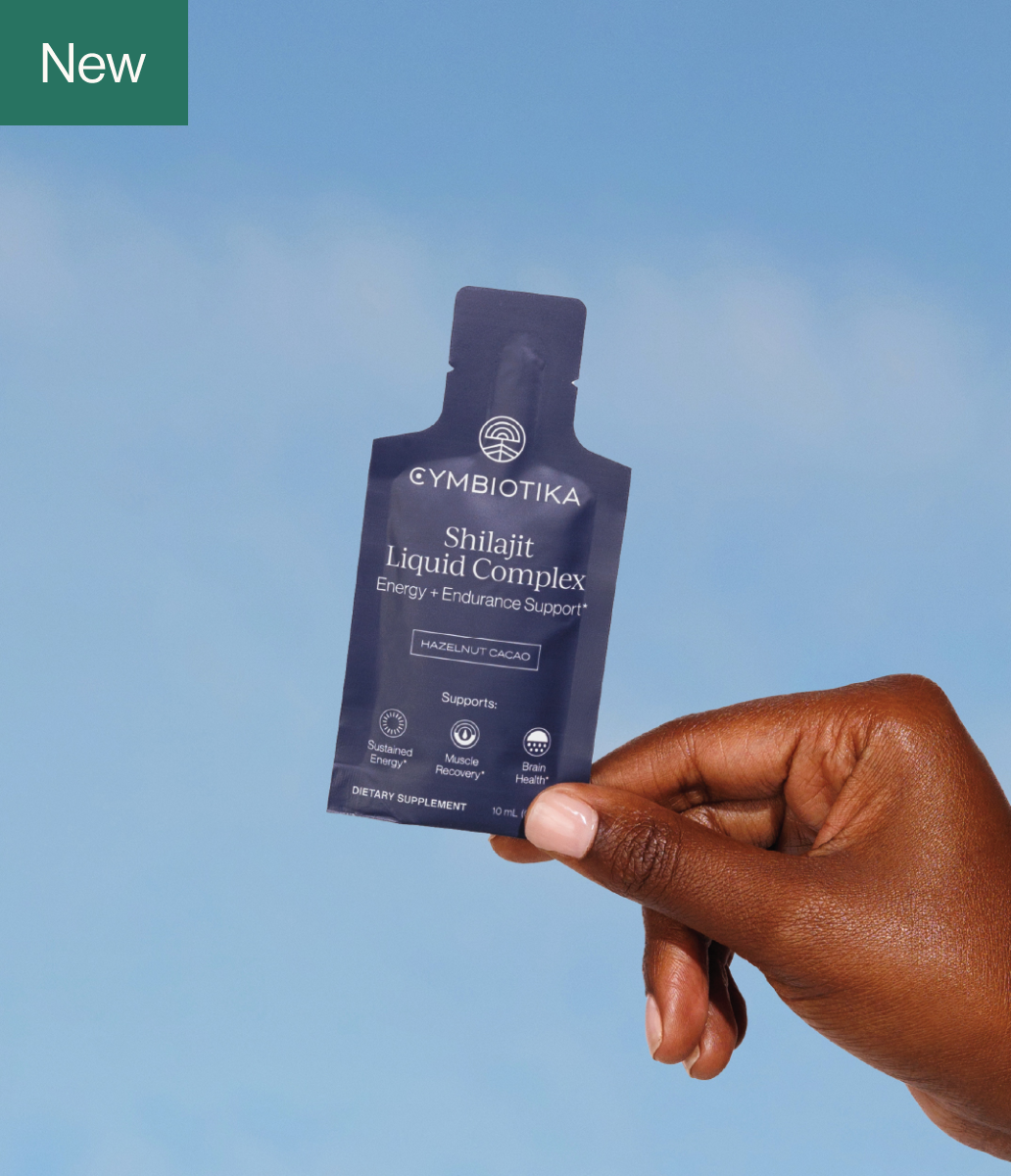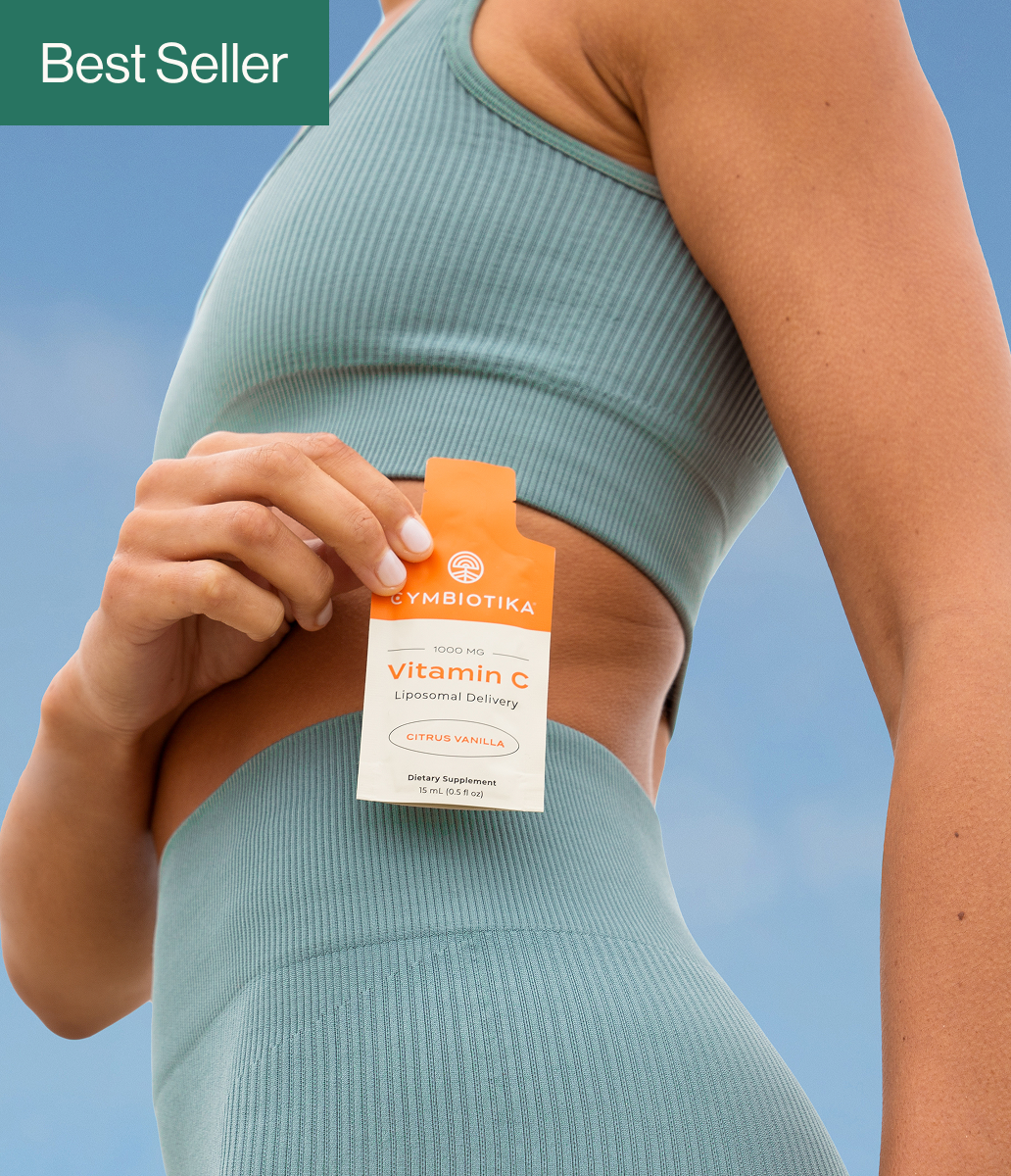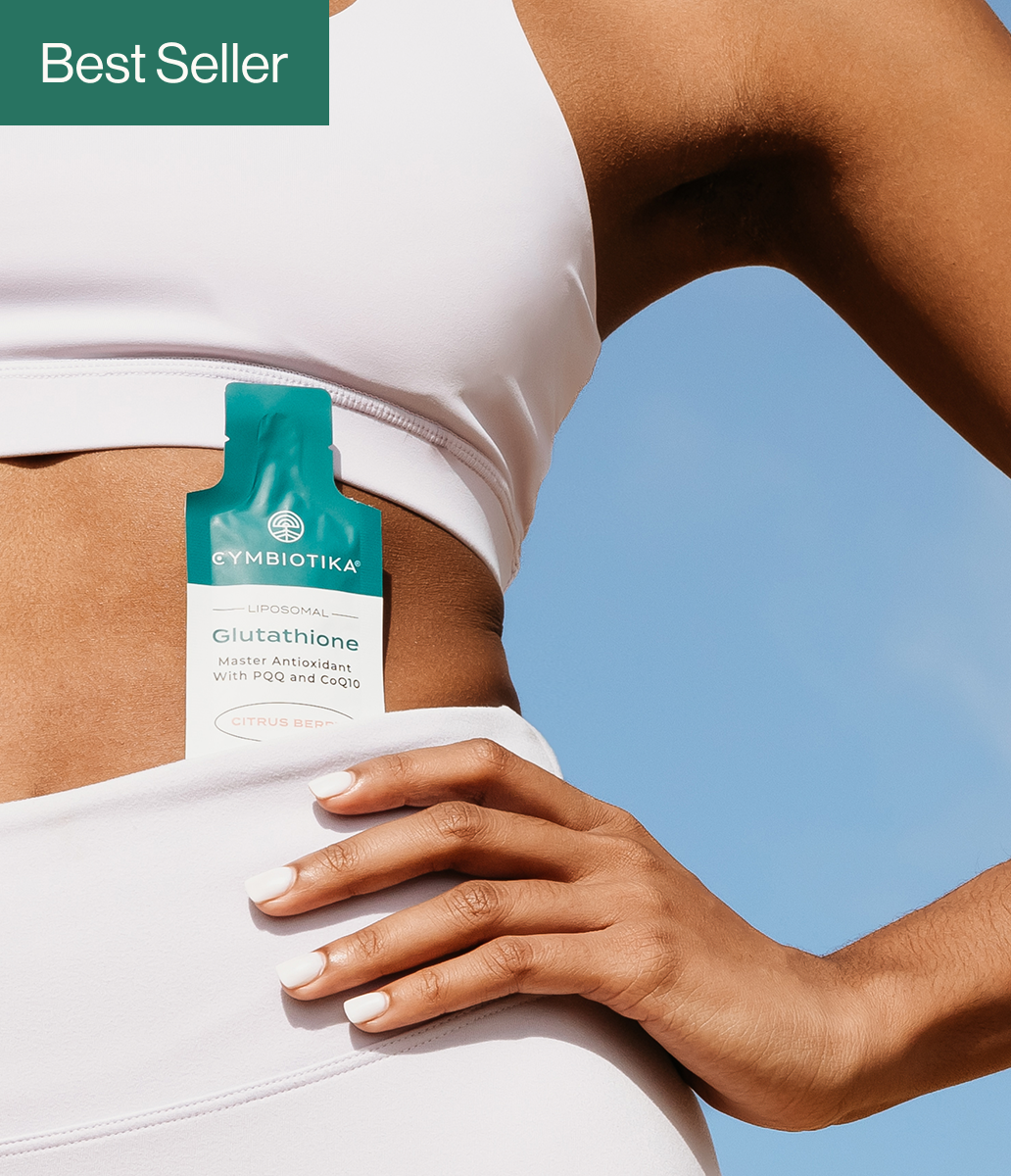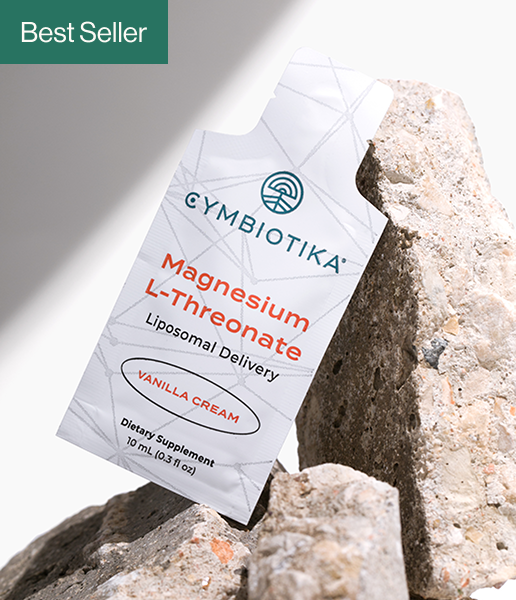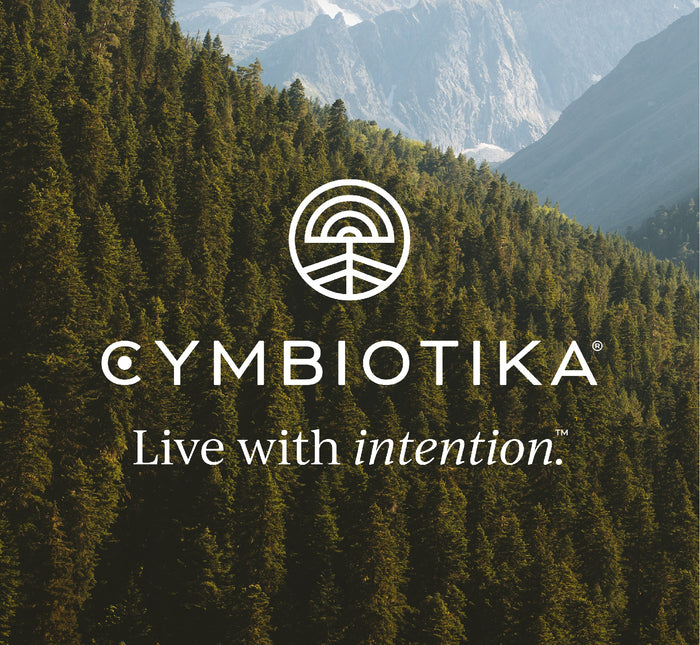
ORGANIC ECHINACEA PURPUREA EXTRACT
From the family Asteraceae. Common/English Names: Black Sampson, Comb Flower, Coneflower, Eastern Purple Coneflower, Echinacea, Indian Head, Missouri Snakeroot, Purple Coneflower, Red Sunflower.
Traditional Medicinal Uses - Echinacea spp. are native to North America and were traditionally used by the Indian tribes for a variety of ailments, including mouth sores, colds and snakebites (Kindscher 1989). Traditional uses of E. purpurea, E. angustifolia and E. pallida include the following: respiratory infections, colds and flu, bronchitis, strep throat, toothache; urinary tract infections, herpes sores and gonorrhoea; skin disorders, staph infections, cold sores, ulcers, wounds, burns, insect bites, eczema, allergies and others; and rheumatoid arthritis (Hudson 2012).(1)
Preparations made from the pressed juice of the flowering aerial parts of the Purple Coneflower, Echinacea purpurea (L.) Moench represents the most commonly used herbal immunomodulatory agents. They are frequently administered for the supportive treatment of common viral infections of the upper respiratory tract. New clinical studies are reviewed, which demonstrated that corresponding preparations can diminish the severity and the length of common colds significantly, and that they can also be used efficiently for the treatment of children. New investigations have also shown,that stimulation of macrophages and induction of cytokines are major parts of the mode of action, and that glycoproteins/polysaccharides and alkamides are part of the activity relevant constituents.(2)
Echinacea is the third most popular herbal medicine in the US, with annual sales of over $100 million. Preparations from several species of this botanical (most commonly E. purpurea and E. angustifolia) are used for the treatment of upper respiratory viral infections such as colds and flus. Several clinical trials have demonstrated positive results. For example, Jawad et al. treated subjects for 4 months and found a significant reduction in both total number and severity of cold episodes.
E. purpurea extracts rich in glycoproteins, polysaccharides and CADs have long been reported to demonstrate immunoactivity. Research in mice more than two decades ago demonstrated activation of macrophages and natural killer cells (Bauer 1989). Since then, numerous studies have supported these findings and have reported a variety of additional effects on adaptive and innate immune mechanisms (Chavez 2007; Gurbuz 2010; Hall 2007; Ramasahayam 2011; Ritchie 2011; Sadigh-Eteghad 2011; Yamada 2011; Zhai 2007). (2)
Clinical/Human Studies
“The in-vitro studies suggested E. purpurea extracts to have the potential for use in alleviating the symptoms and pathology associated with infections with influenza A. In a randomized, double-blind, placebo-controlled trial, 282 subjects aged 18–65 years, a total of 128 subjects contracted a common cold (59 echinacea, 69 placebo) (Goel et al. 2004). The total daily symptom scores were found to be 23.1 % lower in the echinacea group than in placebo in those who followed all elements of the study protocol. Throughout the treatment period, the response rate to treatments was greater in the echinacea group. A few adverse event profiles were observed in both groups. The researchers concluded that early intervention with a standardized formulation of echinacea resulted in reduced symptom severity in subjects with naturally acquired upper respiratory tract infection. (1)
In a clinical study, Echinilin (a formulation prepared from freshly harvested Echinacea purpurea plants and standardized on the basis of three known active components: alkamides, cichoric acid and polysaccharides) or placebo was administered to volunteers at the onset of their cold for a period of 7 days, with eight doses (5 ml/dose) on day 1 and three doses on subsequent days (Goel et al. 2005). The decrease in total daily symptomatic score was more evident in the echinacea group than in the placebo group. These effects of echinacea were associated with a significant and sustained increase in the number of circulating total white blood cells, monocytes, neutrophils and natural killer cells. In the later part of the cold, the echinacea treatment suppressed the cold-related increase in superoxide production by the neutrophils. The results suggested that Echinilin, by enhancing the nonspecific immune response and eliciting free radical scavenging properties, may have led to a faster resolution of the cold symptoms.
Echinacea purpurea had been reported to improve cold symptoms in adults Randolph et al. (2003) found that the overall gene expression pattern at 48 hours to 12 days after taking Echinacea product for cold and flu by six healthy nonsmoking subjects (18–65 years of age)was consistent with an antiinflammatory response. The data presented a gene expression response pattern that was consistent with Echinacea’s reported ability to reduce both the duration and intensity of cold and flu symptoms.” (1)
Antimicrobial Activity
“Echinacea (including E. purpurea) were found to have phototoxic antimicrobial activity against fungi, including clinically relevant pathogenic fungi. Results showed that hexane extracts of Echinacea variably inhibited growth of yeast strains of Saccharomyces cerevisiae, Candida shehata, C. kefyr, C. albicans, C. steatulytica and C. tropicalis under near UV irradiation (phototoxicity) and to a lower extent without irradiation (conventional antifungal activity) (Binns et al. 2000). The presence of polyacetylenes and alkylamides in extracts of different organs was confirmed in Echinacea purpurea and was related to phototoxic activity. Root extracts of the eight Echinacea species including E. purpurea showed antifungal activity against most of the pathogenic fungi (Trichophyton tonsurans, T. mentagrophytes, Microsporum gypseum, Pseudallescheria boydii, Cryptococcus neoformans and two Candida albicans isolates) (Merali et al. 2003).
Recent studies on Echinacea purpurea had revealed that certain standardized preparations contain potent and selective antiviral and antimicrobial activities (Hudson 2012). In addition, they displayed multiple immunomodulatory activities, comprising stimulation of certain immune functions such as phagocytic activity of macrophages and suppression of the proinflammatory responses of epithelial cells to viruses and bacteria, which are manifested as alterations in secretion of various cytokines and chemokines. E. purpurea dried aerial part ethanol extract showed a considerable growth inhibition on Candida albicans and Saccharomyces cerevisiae, while no growth inhibition zones were observed for Aspergillus niger (Stanisavljević et al. 2009). In-vitro studies showed a standardized preparation of Echinacea purpurea (Echinaforce®) could provide a safe twofold benefit to acne individuals by inhibiting proliferation of the Gram-positive bacterium Propionibacterium acnes and reversing the bacterial-induced inflammation (Sharma et al. 2011). E. purpurea completely reversed the bacterial increase in secretion of substantial amounts of several proinflammatory cytokines, including IL-6 and IL-8 (CXCL8), and brought the cytokine levels back to normal.”(1)
Anti Inflammatory Activity
“Root extracts of the three commercial species of Echinacea (E. purpurea, E. pallida var. angustifolia, E. pallida var. pallida) inhibited the 5-lipoxygenase (5-LOX) enzyme (Merali et al. 2003). The results show that Echinacea spp. had significant antiinflammatory activity.” (1)
Early research on alkamide-rich extracts of E. angustifolia and E. purpurea suggested anti-inflammatory activity (Müller-Jakic 1994). Since then, however, studies have reported immune activity attributable to alkamides (Lalone 2009; Matthias 2008) and have suggested that influences on inflammatory pathways are complex, with both pro- and anti-inflammatory effects reported (Birt 2008; Qiang 2013; Yu 2013). Echinacea alkamides have been shown to be absorbed into the blood (Matthias 2005; Woelkart 2005b; Woelkart 2006; Woelkart 2008) and appear to exert a variety of effects through the endocannabinoid system (Chicca 2009; Woelkart 2005a; Woelkart 2007). Research on the effects of gene expression and signaling pathways is well underway (Altamirano-Dimas 2007; Gertsch 2004; Uluisik 2012).
In addition to research on immune and inflammatory pathways, indications of antiviral activity have been reported (Bodinet 2002; Ghaemi 2009; Sharma 2006). Finally, recent research suggests potential anti-anxiety properties (Haller 2013), potentially due to neuro-synaptic modulation in the hippocampus (Hajos 2012). In summary, while it is clear that various Echinacea extracts and constituents have demonstrated pharmacological activities in a variety of biological assays, there is as yet no evidence-based conceptual framework to explain how Echinacea might effectively prevent or treat acute respiratory infections.
Anticancer Activity
“Animal studies found that dietary administration with E. purpurea preparations significantly decreased prostate weight of rats and increased lymphocyte numbers after 8 weeks (Skaudickas et al. 2003). Echinacea purpurea root hexane extract reduced cell viability of human pancreatic cancer MIA PaCa-2 and colon cancer COLO320 cell lines in a concentration- and time-dependent in vitro (Chicca et al. 2007). E. purpurea flower extract and cichoric acid significantly inhibited proliferation in a dose- and time-dependent manner human colon cancer cells Caco-2 and HCT-116 (Tsai et al. 2012). Cichoric acid treatment decreased telomerase activity in HCT-116 cells. Further, cichoric acid effectively induced apoptosis in colon cancer cells, which were characterized by DNA fragmentation, activation of caspase-9, cleavage of PARP and downregulation of β-catenin.” (1)
Antiviral and antimicrobial activities
“Recent studies have revealed that certain standardized preparations contain potent and selective antiviral and antimicrobial activities. In addition, they display multiple immune-modulatory activities, comprising stimulation of certain immune functions such as phagocytic activity of macrophages and suppression of the proinflammatory responses of epithelial cells to viruses and bacteria, which are manifested as alterations in secretion of various cytokines and chemokines. These immune modulations result from upregulation or downregulation of the relevant genes and their transcription factors. All these bioactivities can be demonstrated at noncytotoxic concentrations of extract and appear to be due to multiple components rather than the individual chemical compounds that characterize Echinacea extracts. Potential applications of the bioactive extracts may go beyond their traditional uses.”(6)
“Echinacea purpurea has been widely used for the prevention and treatment of upper respiratory tract infections and the common cold. The restraint stress has been reported to suppress a broad spectrum of immune functions. The aim of this study was to investigate the protective effects of the pressed juice of E. purpurea (L.) Moench (EFLA®894; Echinacea) against restraint stress-induced immunosuppression in BALB/c mice. Echinacea significantly normalized the restraint stress-induced reduction in splenocyte proliferation and splenic natural killer (NK) cell activity (P < .05). Echinacea treatment significantly increased the percentages of CD4+ and CD8+ T lymphocytes in the blood (P < .05). In addition, Echinacea restored serum cytokine levels, including interleukin-6 (IL-6), interleukin-10 (IL-10), and interleukin-17 (IL-17), as well as the mRNA expressions of these cytokines in spleen (P < .05). Our findings suggest that Echinacea might have beneficial effects on restraint stress-induced immunosuppression by increasing splenocyte proliferation and NK cell activity, while modulating T lymphocyte subsets and cytokine levels in the blood.” (10)
FOUND IN THE FOLLOWING PRODUCT(S)
CLINICAL RESEARCH
1.Echinacea purpurea
2. [New knowledge regarding the effect and effectiveness of Echinacea purpurea extracts]
3. [Extract of the Echinacea purpurea herb: an allopathic phytoimmunostimulant]
4. Echinacea purpurea: A Proprietary Extract of Echinacea purpurea Is Shown to be Safe and Effective in the Prevention of the Common Cold
5. Echinacea species (Echinacea angustifolia (DC.) Hell., Echinacea pallida (Nutt.) Nutt.,Echinacea purpurea (L.) Moench): a review of their chemistry, pharmacology and clinical properties
6. Applications of the phytomedicine Echinacea purpurea (Purple Coneflower) in infectious diseases
7. [Compensatory reactions of immune system and action of Purple Coneflower (Echinacea purpurea (L.) Moench) preparations]
8. Echinacea plants as antioxidant and antibacterial agents: From traditional medicine to biotechnological applications
9. Studies on phytochemical, antioxidant, anti-inflammatory, hypoglycaemic and antiproliferative activities of Echinacea purpurea and Echinacea angustifolia extracts
10. Echinacea purpurea Protects Against Restraint Stress-Induced Immunosuppression in BALB/c Mice
11. Immunologic Effects of Echinacea - Clinical Trials
12. Herbal antibiotics / by Stephen Harrod Buhner.
13. Echinacea : herbal medicine with a wild history / Kelly Kindscher, editor.

